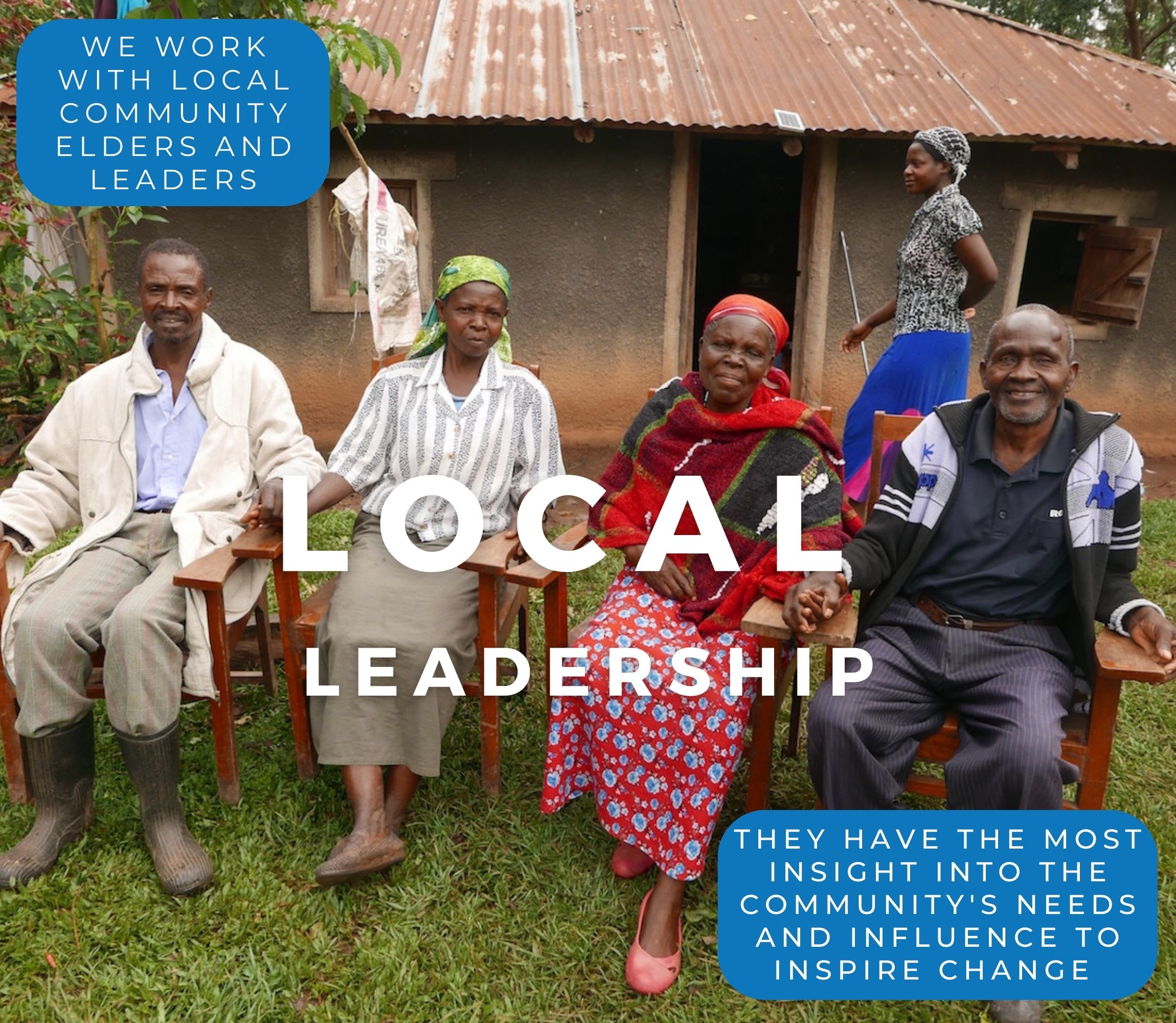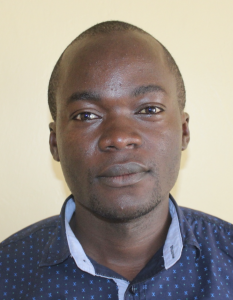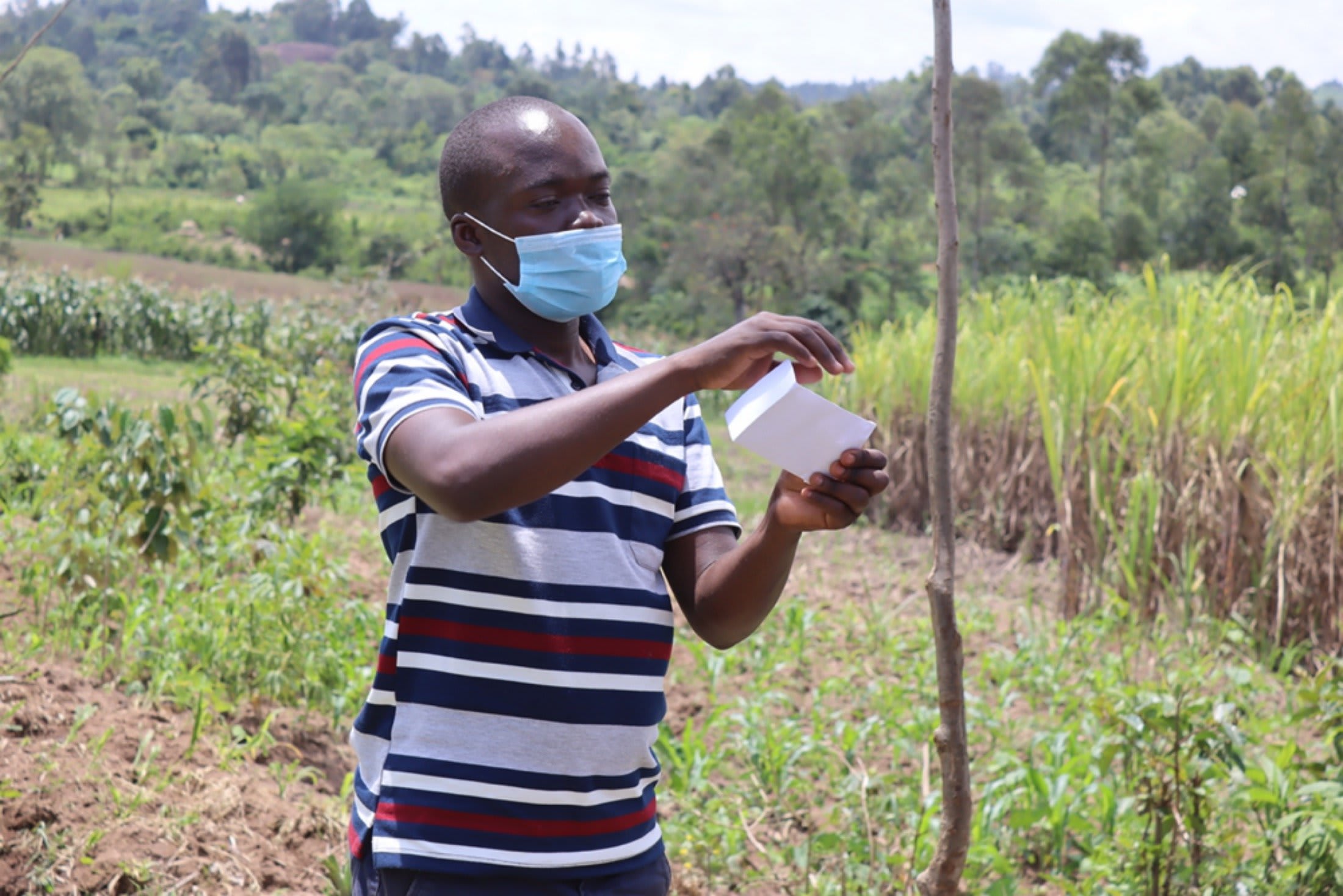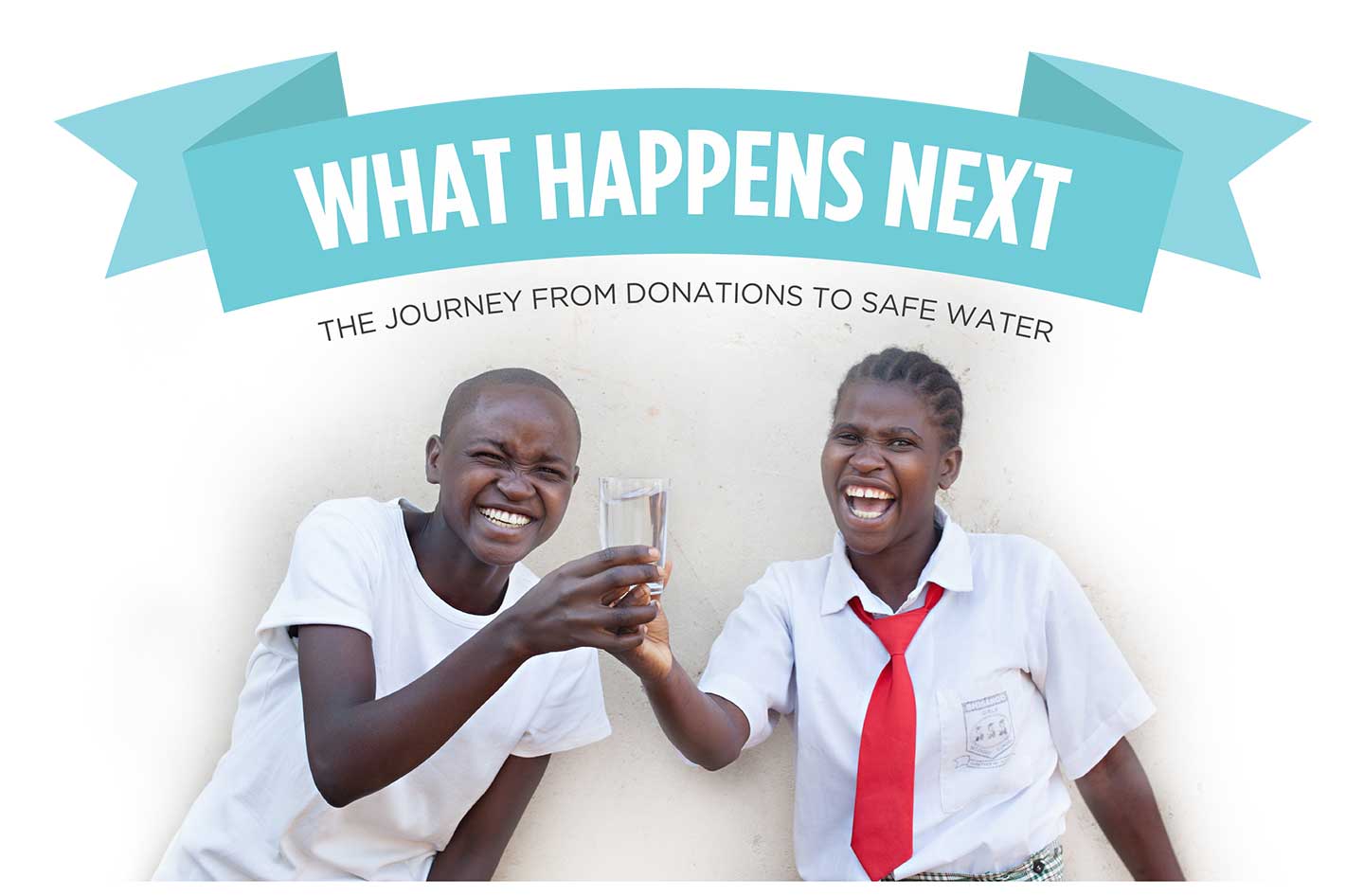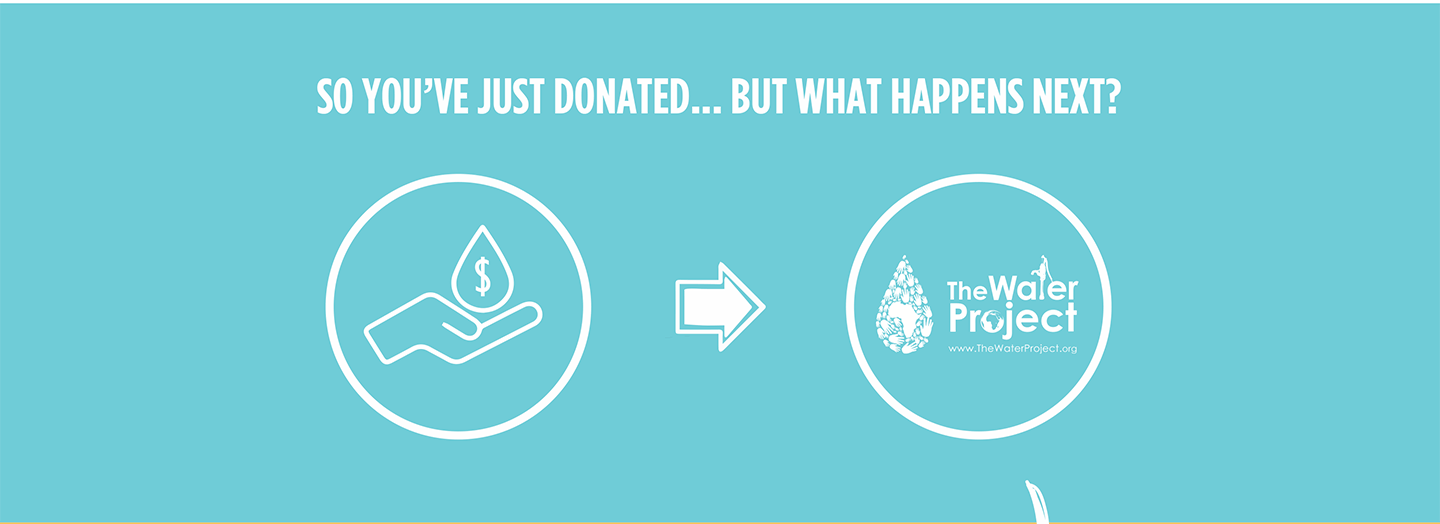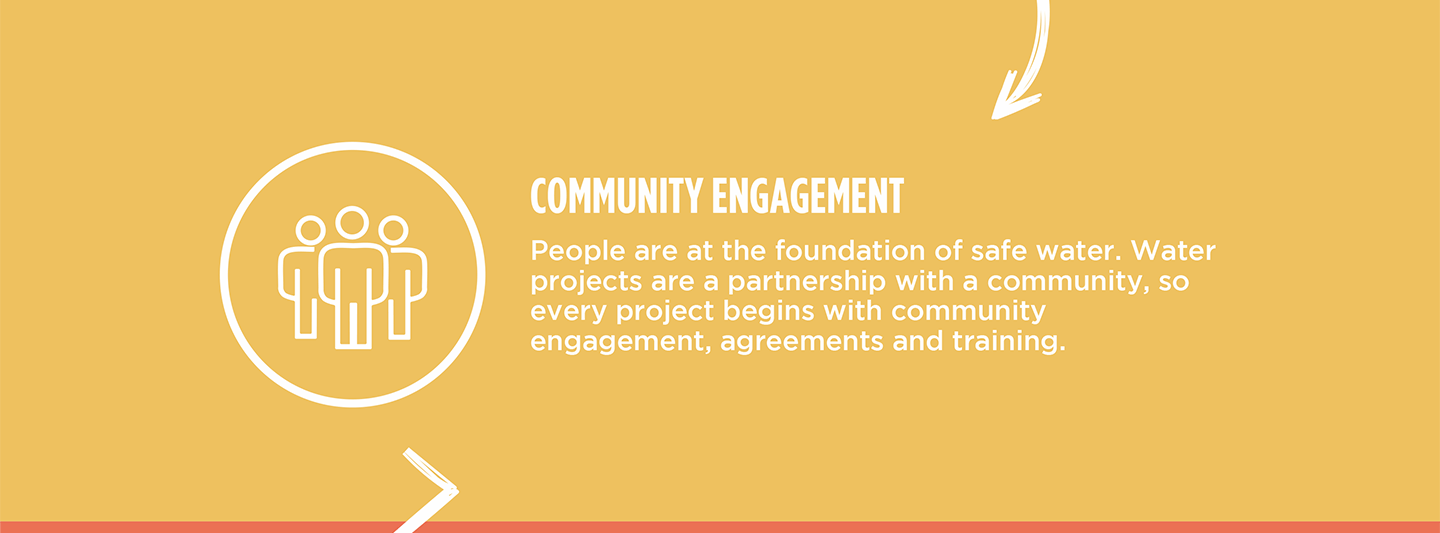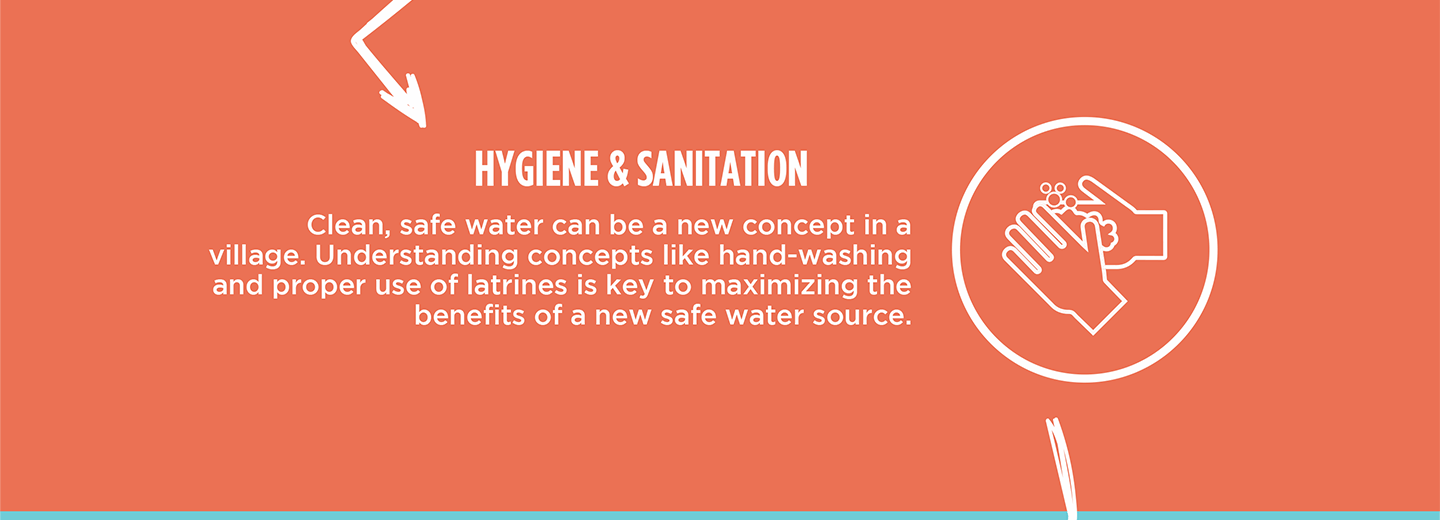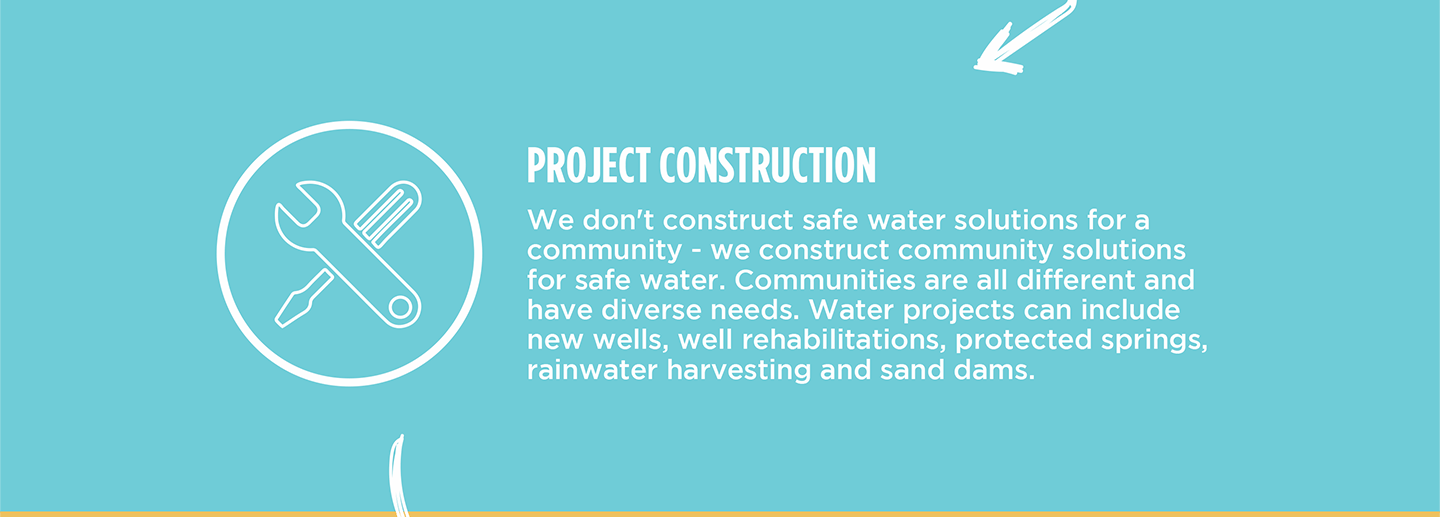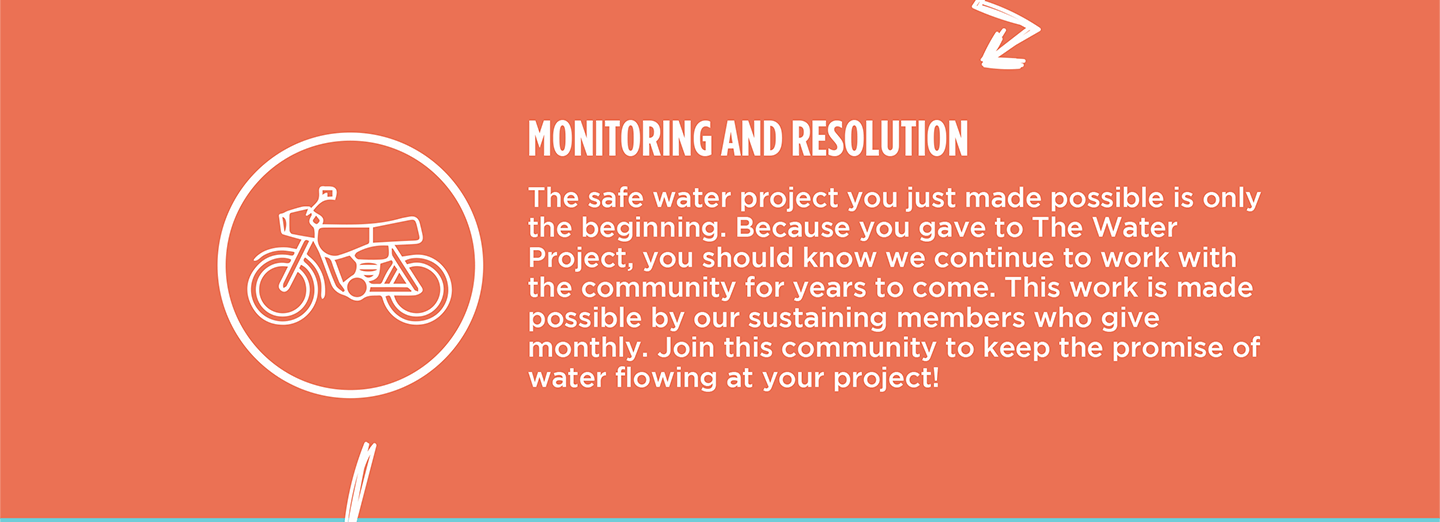"As you walk near the water source, the environment tells me that a lot of the people in this area are living because of the grace of God. The water surface is open to all contaminants flowing into the water causing serious health challenges when consumed. The demand for this commodity is high, leading to regular congestions of people at the water source," said Field Officer Victor Musemi reflecting on his evaluation of Mulika Spring.
Mulika Spring is the main water source for 396 people in Shikokhwe Community, but the spring is not serving community members well. The water is dirty and difficult to access. Waste materials from different areas drain into the water source due to its openness, and the steep terrain of the land causes siltation during heavy rains. When the spring gets covered over by dirt, people have to spend hours digging it out and waiting for the water to pool and settle again before fetching it.
Contaminants in the water range from the dirt to farm chemicals, animal waste, insects, frogs, and rotting leaves, among others. The water appears milky-brown and gets worse the more people who fetch back-to-back, or if more than 1 person tries to fetch water at once.
Fetching water is difficult and inconvenient as people must either submerge their large containers into the pooled water, or dip smaller bowls and jugs to then pour into their jerrycans. Either way, the containers dipped into the water bring any dirt and bacteria that were on their surfaces directly into the water. Peoples' hands and feet also end up in the water with this tricky process since there is just a wooden plank and a few rocks to help them balance at the water's edge. The scoop-pour method is particularly time-consuming, and tension builds as crowds form while people wait their turn to fetch water.
Lack of enough clean water contributes to low standards of hygiene among the community members. It has also led to a high level of poverty as many people have used up their income to seek medication from health facilities to treat their water-related illnesses. When they are sick, adults miss out on productive and income-earning time, and children miss school. Families' earning potential and children's education are both being limited by Mulik Spring's dirty water.
"The current state [of the spring] has made it hard for me to prosper in life. The income I manage to earn is all spent around water and related problems. I spend so much to have clean water. My business has greatly been affected due to the low standards of hygiene, pushing customers away," said 32-year-old farmer and mother Juliet Samson.
"Due to the frequent consumption of unclean water, we regularly take people from this area - especially children - to health facilities who have contracted waterborne diseases because their immune system has been weakened over time. Animals are also affected by flukeworms and other parasites causing low production of milk," Juliet added.
Primary school-aged student Sarah related her challenges at the spring as well.
"Truly I have suffered a lot from this water point. It has taken the grace of God for me to use this water. Many of us have been facing different problems like being infected with water-related diseases causing us not to attend school and financial constraints as a majority of people use the little money they get for health services instead of paying school fees for children like me."
What We Can Do:
Spring Protection
Protecting the spring will help provide access to cleaner and safer water and reduce the time people have to spend to fetch it. Construction will keep surface runoff and other contaminants out of the water. With the community’s high involvement in the process, there should be a good sense of responsibility and ownership for the new clean water source.
Fetching water is a task predominantly carried out by women and young girls. Protecting the spring and offering training and support will, therefore, help empower the female members of the community by freeing up more of their time and energy to engage and invest in income-generating activities and their education.
Training on Health, Hygiene, COVID-19, and More
To hold trainings during the pandemic, we work closely with both community leaders and the local government to approve small groups to attend training. We ask community leaders to invite a select yet representative group of people to attend training who will then act as ambassadors to the rest of the community to share what they learn. We also communicate our expectations of physical distancing and wearing masks for all who choose to attend.
The training will focus on improved hygiene, health, and sanitation habits in this community. We will also have a dedicated session on COVID-19 symptoms, transmission routes, and prevention best practices.
With the community’s input, we will identify key leverage points where they can alter their practices at the personal, household, and community levels to affect change. This training will help to ensure participants have the knowledge they need about healthy practices and their importance to make the most of their water point as soon as water is flowing.
Our team of facilitators will use a variety of methods to train community members. Some of these methods include participatory hygiene and sanitation transformation, asset-based community development, group discussions, handouts, and demonstrations at the spring.
One of the most important issues we plan to cover is the handling, storage, and treatment of water. Having a clean water source will be extremely helpful, but it is useless if water gets contaminated by the time it is consumed. We and the community strongly believe that all of these components will work together to improve living standards here, which will help to unlock the potential for these community members to live better, healthier lives.
We will then conduct a small series of follow-up trainings before transitioning to our regularly scheduled support visits throughout the year.
Training will result in the formation of a water user committee, elected by their peers, that will oversee the operations and maintenance of the spring. The committee will enforce proper behavior around the spring and delegate tasks that will help preserve the site, such as building a fence and digging proper drainage channels. The fence will keep out destructive animals and unwanted waste, and the drainage will keep the area’s mosquito population at a minimum.
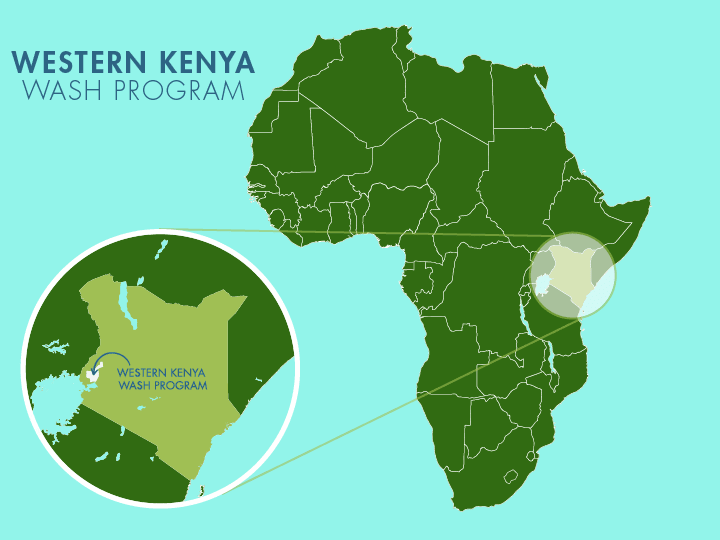
 Protected Spring
Protected Spring
 Rehabilitation Project
Rehabilitation Project

